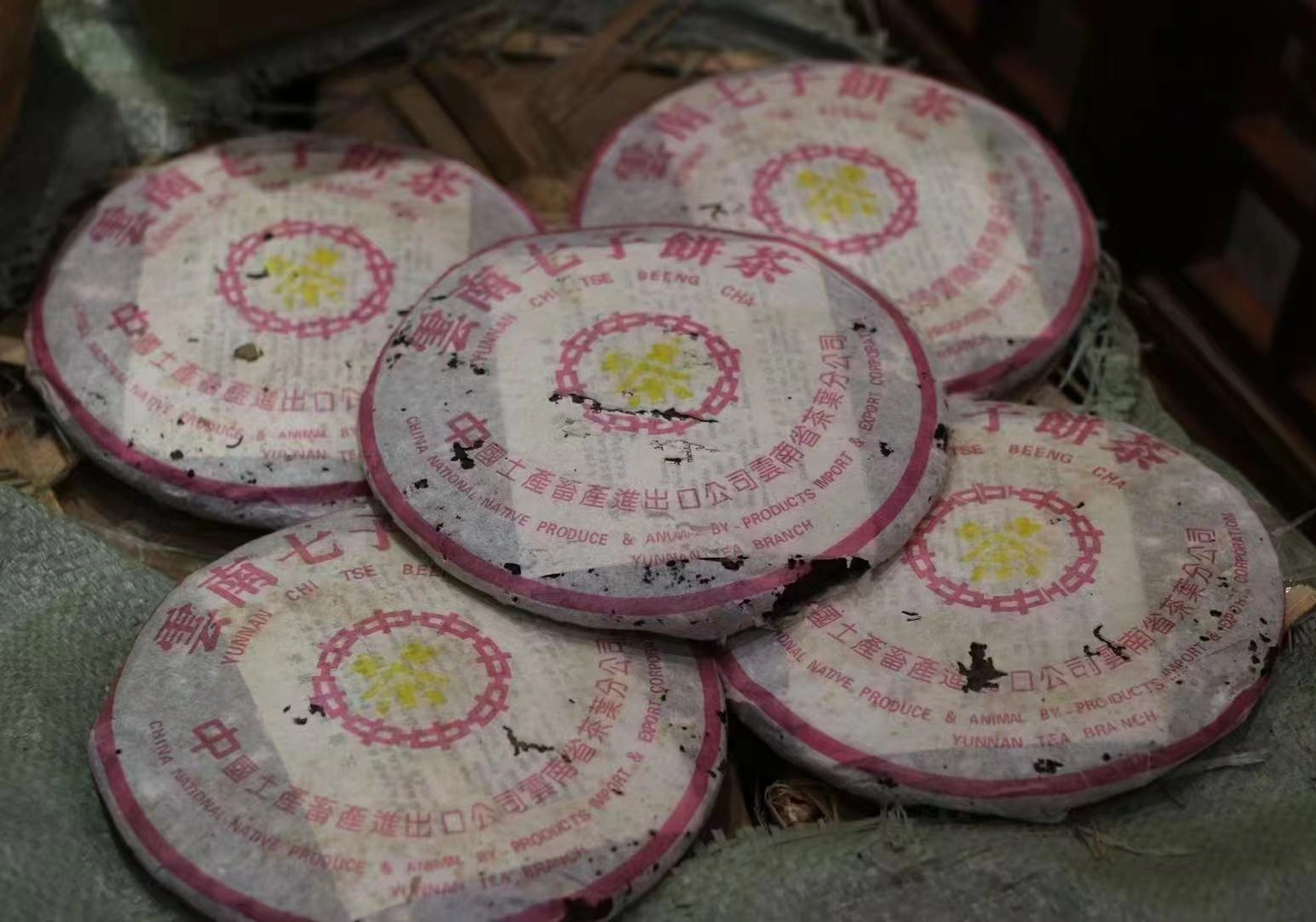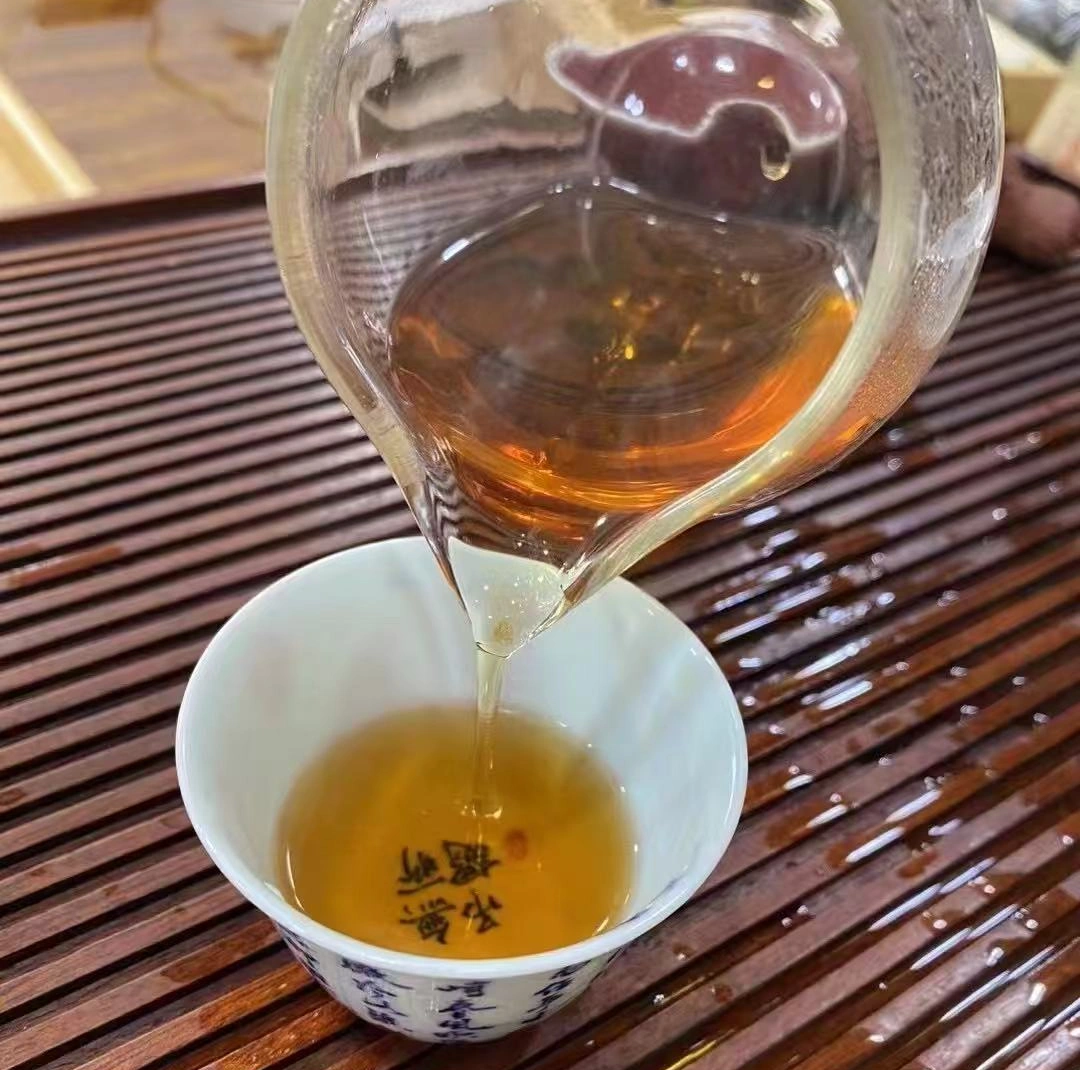Close your eyes and imagine a crisp morning light filtering through mist-cloaked valleys. You cradle a warm, amber cup of aged Pu-erh tea—its surface shimmering like liquid gold. As the first sip meets your lips, a voluptuous wave of earthy musk and mellow sweetness unfurls, awakening every cell. That sublime marriage of soil and leaf is the promise of aged Pu-erh: a living testament to centuries of tradition, patient craftsmanship, and the alchemy of time.
From the ancient tea forests of Yunnan to your cup, aged Pu-erh travels through seasons, silent storerooms, and the tender touch of skilled artisans. With each passing year, microbial magic transforms brisk young teas into velvety elixirs that soothe the soul and invigorate the spirit. In this guide, we embark on an odyssey through Pu-erh’s storied heritage, delve into its sensory depths, explore its renowned health benefits, master the art of brewing, and unveil four legendary varieties—each beckoning with its own spellbinding character.
1. The Origins of Aged Pu-erh Tea
Aged Pu-erh’s roots sink deep into Yunnan’s misty mountains, where wild arbor trees—some centuries old—prosper in fertile red soil. Local tribes first harvested these leaves over a thousand years ago, compressing them into cakes for caravan journeys along the Ancient Tea Horse Road. Over generations, masters honed post-fermentation techniques, layering microbial cultures to mellow tannins and birth that inimitable depth. Today, every aged Pu-erh cake or brick is a living archive of time, terroir, and human devotion.

2. Understanding the Aging Process
At the heart of aged Pu-erh lies post-fermentation: a slow dance of moist heat, oxygen, and native microbes. Two styles prevail:
- Raw (Sheng) Pu-erh begins as green leaf, lightly sun-withered, then pressed and stored. Over decades, a delicate, floral briskness yields to herbaceous honey tones and camphor whispers.
- Ripe (Shou) Pu-erh undergoes accelerated “wet piling,” imitating years of aging within months. The result is a deep, chocolate-brown liquor, rich in earthy warmth.
Key factors—humidity, temperature, airflow, and storage vessel—sculpt the tea’s evolution. Optimal conditions (50–65% humidity; 20–25°C; breathable clay jars) coax complexity from the leaves, forging layers of flavor that unfold glass-after-glass.
3. Flavor Profiles: The Taste of Time
Imagine the scent of damp forest floor, cedar bark, and sweet dried fruits—each note unfolding like pages of an ancient poem:
- Earthy Depth: A tactile embrace, recalling mossy undergrowth and rich loam.
- Sweet Undertones: Hints of caramel, dark plum, and luscious molasses lurk beneath the surface.
- Velvety Texture: Theabrownins lend a satin-smooth mouthfeel, gliding across the palate.
- Lingering Finish: A gentle echo of warmth and sweetness that lingers long after the last sip.
Pair aged Pu-erh with dark chocolate, roasted nuts, or aged cheeses to amplify its multifaceted charm.
4. Health Benefits of Aged Pu-erh Tea
Beyond its intoxicating aroma and complex taste, aged Pu-erh teems with wellness advantages:
- Digestive Harmony: Gentle probiotics from post-fermentation support a balanced gut flora, smoothing digestion and reducing bloating.
- Metabolic Boost & Weight Management: Compounds in aged Pu-erh may enhance lipid breakdown and regulate blood sugar, assisting healthy weight control.
- Cardiovascular Support: Theabrownins and modified catechins help maintain healthy cholesterol levels and blood pressure.
- Antioxidant Powerhouse: Unique antioxidants produced during aging neutralize free radicals, protecting cells from oxidative stress.
- Stress Relief & Mental Clarity: Retained L-theanine fosters a calm alertness—an uplifting energy devoid of jitters.
Enjoyed as a daily ritual, a cup of aged Pu-erh transforms teatime into a restorative ceremony.
5. Brewing the Perfect Cup
To unlock aged Pu-erh’s full symphony:
- Measure & Rinse
Use 5–8 g of tea for every 120 ml of water. Rinse leaves with a quick 5-second pour of 100°C water to awaken aromas, then discard. - Gongfu Style
- Infusion 1: 10–12 s at 100 °C
- Subsequent Steeps: Increase by 5 s each; enjoy 8–15 infusions.
- Western Style
Steep 3–4 g in 250 ml of 90–95 °C water for 3–5 min. - Pro Tips
- Avoid boiling water directly on delicate Sheng vintages.
- Use filtered water for pure flavor.
- Observe leaves unfurl—each shape and color shift tells part of the story.

6. Selecting and Storing Aged Pu-erh Tea
Choosing Quality
- Origin & Year: Seek reputable producers who list harvest region and vintage.
- Leaf Integrity: Look for intact, whole leaves; avoid excessive stem bits.
- Aroma: A mellow, sweet earth scent signals proper aging.
Storage Essentials
- Environment: 20–25 °C; 50–65% humidity; away from strong odors.
- Containers: Breathable clay or unglazed ceramic; paper-wrapped is fine when stacked.
- Airflow: Gentle circulation prevents mustiness.
- Patience: Allow tea to mature further—time is the ultimate enhancer.
7. Incorporating Aged Pu-erh Tea into Daily Life
Make aged Pu-erh your daily sanctuary:
- Morning Ritual: Awaken with a light Sheng steep, sharpening the senses.
- Midday Pause: Savor a Ripe infusion to ground and center amid work.
- Evening Reflection: Wind down with a deeper-aged cup, pairing it with meditation or journaling.
- Shared Moments: Host a small tasting, guiding friends through aroma notes and flavor revelations.
This timeless brew becomes more than a drink—it’s a mindful anchor in a busy world.
8. Notable Aged Pu-erh Tea Varieties
Lao Ban Zhang (老班章)
Fabled for its wild arbor provenance, Lao Ban Zhang unleashes a commanding burst of earthy power, followed by velvet sweetness that lingers like a whispered secret. For a stellar example that captures its legendary might and grace, feel free to explore this exquisite release from a masterful tea source: a celebrated Lao Ban Zhang Pu-erh tucked away in authentic Yunnan estates.
Yiwu Mountain (易武山)
From Yiwu’s gentle slopes rises a tea of floral elegance and honeyed fruit notes. Its tender leaves steep into a luminous cup, silky and refined—a symphony of softness and depth. A carefully curated Yiwu vintage like this one (gathered at peak spring freshness) brings that signature charm directly to your teapot: discover a rare raw Yiwu Pu-erh here.
Menghai Classic (勐海经典)
Menghai’s teas are the heartbeat of Pu-erh history: balanced, robust, and comforting. The Classic brick offers a harmonious blend of malted sweetness and aged spice, forging a brew that’s both bold and nurturing. Seek out a well-aged Menghai Classic brick—its timeless character is artfully presented in this authentic vintage form: a prized Menghai Pu-erh brick awaits.
Bulang Mountain (布朗山)
Bulang’s wild gardens yield leaves kissed by camphor and mountain pepper, evolving over years into a decadent, almost tropical-wood elixir. Its initial rustic bite softens into a honeyed finish, leaving a warm, spicy memory. To experience Bulang’s intimate complexity, explore a distinguished ancient-tree raw pu-erh selection like this one: immerse in Bulang’s legacy here.
9. Conclusion: Embracing the Timeless Elegance of Aged Pu-erh Tea
In every golden pour of aged Pu-erh lies a tapestry woven by nature and nurtured by human hands. Its earthy melodies, whispered sweetness, and soothing warmth transcend mere beverage—they invite you into a world where time slows, senses sharpen, and moments become memorable rituals. Whether you’re enchanted by the commanding Lao Ban Zhang, the ethereal Yiwu Mountain, the heartening Menghai Classic, or the fierce elegance of Bulang Mountain, aged Pu-erh tea offers an endless voyage of taste, tradition, and tranquility.



